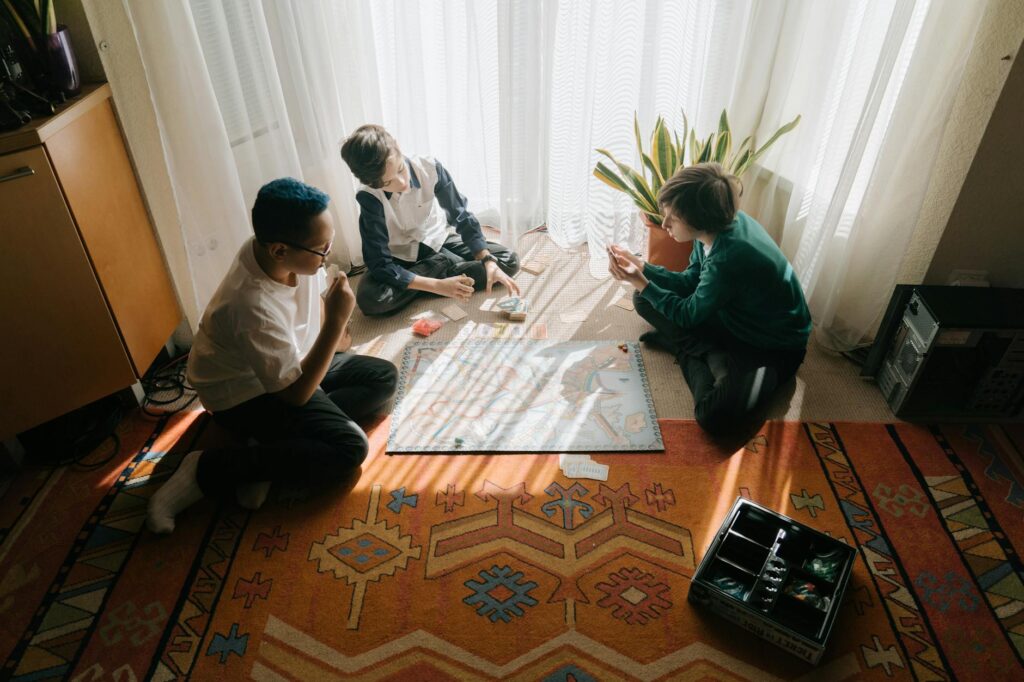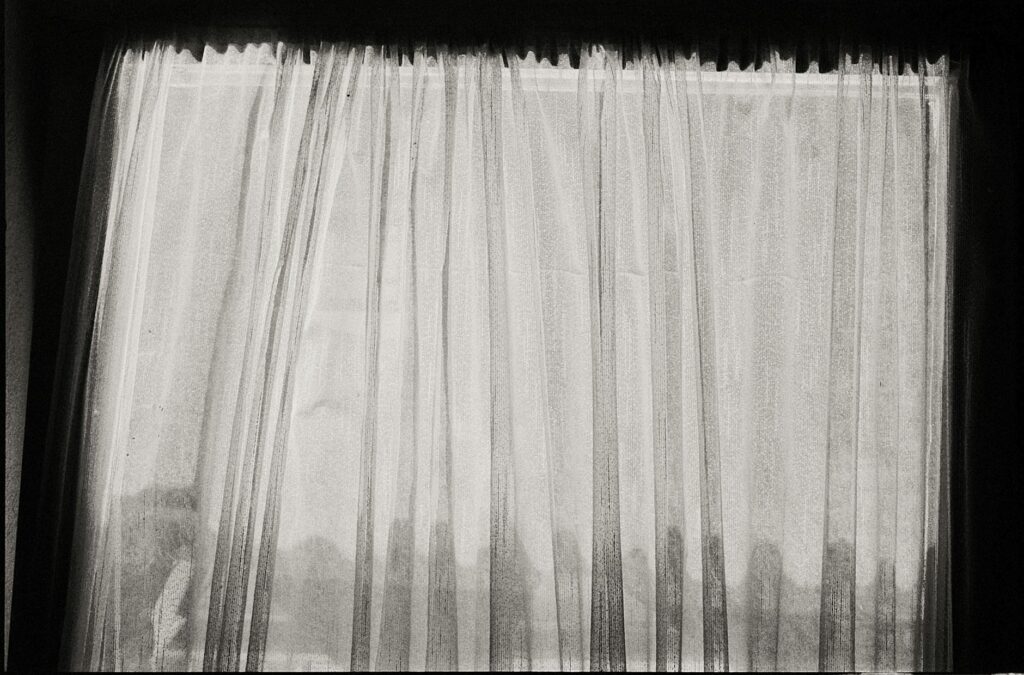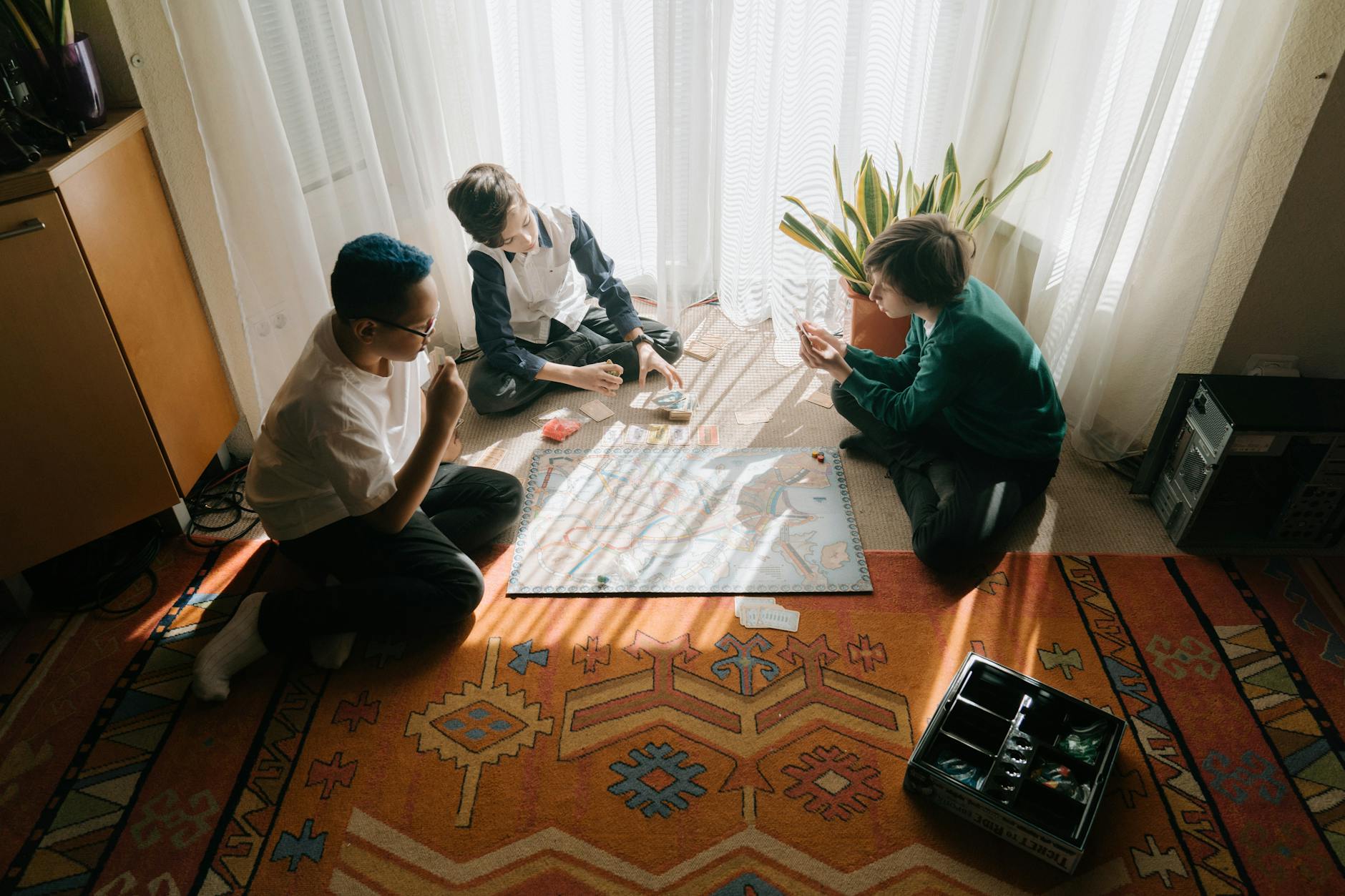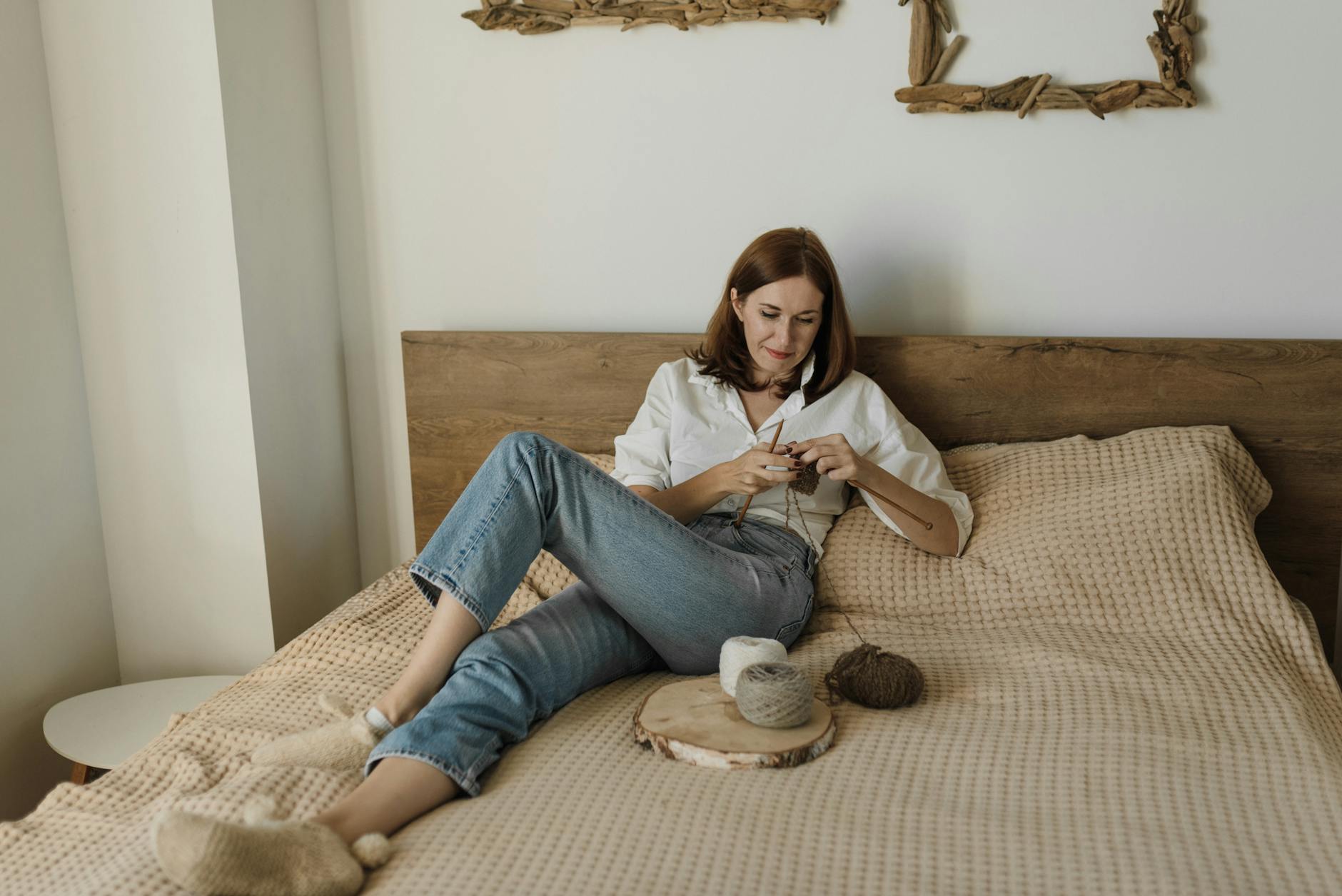Every room needs a layered lighting scheme to feel truly comfortable and functional. Think about how light falls naturally in a space – it’s rarely just one source! By incorporating the three layers of lighting, you create depth, ambiance, and the flexibility to adapt to various moods and activities.
Ambient Lighting: The Foundation
Ambient lighting is your foundational layer. It provides overall illumination and sets the overall mood. Think of it as the ‘base coat’ of your lighting design. This is usually achieved with ceiling fixtures, such as recessed lights or chandeliers. Consider the size of your room when choosing your ambient lighting; a small space might only need a single, well-placed fixture, while a larger room might benefit from multiple fixtures or a more substantial chandelier. 
Task Lighting: Illumination for Purpose
Task lighting is all about functionality. This layer is designed to illuminate specific areas where activities take place. In the kitchen, this might be under-cabinet lighting for food prep. In a home office, a desk lamp provides focused light for reading or working on your computer. Effective task lighting dramatically improves productivity and reduces eye strain. Remember to place task lighting strategically to avoid shadows and glare. 
Accent Lighting: Showcasing Your Style
Accent lighting is what elevates your space from functional to beautiful. Use it to highlight architectural features, artwork, or other decorative elements. Accent lighting often involves track lighting, picture lights, or strategically placed floor lamps. It adds character and depth and can even make your space appear more spacious than it actually is. Learn more about choosing the right accent lighting. 
Balancing the Three Layers
The key is to achieve a balance between the three layers. Too much ambient lighting can feel harsh and sterile, while too much task lighting can create a spotty effect. A well-balanced system involves careful consideration of wattage, fixture placement, and the overall style of your space. Check out this resource for lighting placement tips.
Choosing the Right Bulbs
The type of bulb you choose significantly impacts the atmosphere and energy efficiency of your lighting scheme. LED bulbs are increasingly popular due to their energy efficiency and long lifespan. You can find LEDs in a wide variety of color temperatures, from warm white to cool white, to best suit your needs. Consider using dimmable bulbs for greater control over ambiance.
Smart Lighting Integration
Smart lighting technology offers a new level of control and convenience. Smart bulbs allow you to adjust brightness, color temperature, and even automate your lighting schedule using your smartphone or voice assistant. Explore the latest smart lighting innovations here. This can create a personalized and dynamic lighting experience within your home.
Considering Your Room’s Purpose
Different rooms serve different purposes, so you’ll need to tailor your lighting scheme accordingly. A living room might prioritize ambient and accent lighting for a relaxed atmosphere, while a kitchen benefits most from a balance of ambient and task lighting. A bedroom requires softer, more calming illumination, often achieved with bedside lamps and dimmer switches.
Experiment and Refine
Don’t be afraid to experiment! Lighting design is an iterative process. Start with a basic layout, then adjust placement and brightness until you achieve the desired effect. Use this as an opportunity to add a personal touch and create a lighting environment that perfectly matches your style and preferences. Read more about creating different lighting moods.
By carefully considering the three layers of lighting – ambient, task, and accent – you can create a beautifully lit, functional, and inviting space in any room of your home. Remember to consider the unique characteristics of each room and your personal preferences to develop the perfect balance. Find more design inspiration here.
Frequently Asked Questions
What is the difference between ambient and accent lighting? Ambient lighting provides overall illumination, while accent lighting highlights specific features or objects.
How many light sources do I need per room? The number of light sources will vary depending on the size and purpose of the room. Consider layering to avoid harsh shadows.
Can I use smart bulbs with traditional fixtures? In most cases, yes. Check the compatibility of your fixture and the smart bulbs before purchasing.
What is the best color temperature for a bedroom? Warmer color temperatures (2700K-3000K) are generally preferred for bedrooms, as they create a more relaxing atmosphere.
How do I choose the right wattage for my bulbs? The wattage you choose should be appropriate for the size of your fixture and the type of bulb. Check the manufacturer’s recommendations.





